Are you renovating your period property? Nails & Door Studs are an overlooked door furniture accessory and offer authentic period detail for your home project. Decorative nails and studs are used for doors, wooden floors and upholstery. Read on to discover the history of nails and studs and how you can use them in your home.

A Quick History Of Nails
Nails have been used from the Bronze age. They were used in a similar way to today - for fixing pieces of wood, or for hanging things from. Prior to the 1800s, nails were hand forged and had square or rectangular heads, which made them look more like a peg. After the 1800's, round headed nails came into use. A simple way to roughly date antique doors or furniture is to check whether the nails have round or square heads. Today, hand-forged nails are ideal for projects that require a traditional period design.

Door & Upholstery Studs
Door Studs were first used on external doors and gates as protection from the swords and axes of an enemy attack. Castles and fortified properties often had large wooden doors with rows of studs. Metal doors would also have additional studs - both for decoration and additional protection. Studs are a common feature on medieval doors.
Today, pyramid studs are used on doors to give authetic period detail. Available in black and pewter finishes, the door and upholstery studs from Suffolk Latch Company are ideal for country cottage homes and period houses. Please be aware that cast iron and hand forged studs are made from ferrous metals and they are therefore not suitable for external doors. If your front door has a porch or the door is shielded from the rain, it may be ok, however cast iron and hand forged mild steel will rust when exposed to the elements.

Upholstery Studs
Metal upholstery studs were originally used on furniture as a functional way of holding fabric in place, but also became a way to give decorative detail. Furniture from the 1700s saw a rise in this trend, and most antique upholstered furniture from this period features studwork. Today, studs are a great way of adding period detail to chairs and sofas. Pyramid studs can also be used as a decorative feature on small occasional pieces of furniture such as wooden chests and drawers.

Suffolk Latch Company Nails & Studs
Here at Suffolk Latch Company, we offer a beautiful range of hand forged nails and pyramid door studs & upholstery studs. The hand forged rosehead nails are available in pewter and a darker self-metal colour. The smaller 35mm size nails are ideal for door decoration, while the 65mm longer length can be used on wooden flooring to give that authentic period feature. Our upholstery studs are pyramid in style and cast in iron to give a uniform look. The pyramid studs are a great choice for dressing furniture or for giving a decorative edge to a heavy oak door.


In case you missed it...
Comments







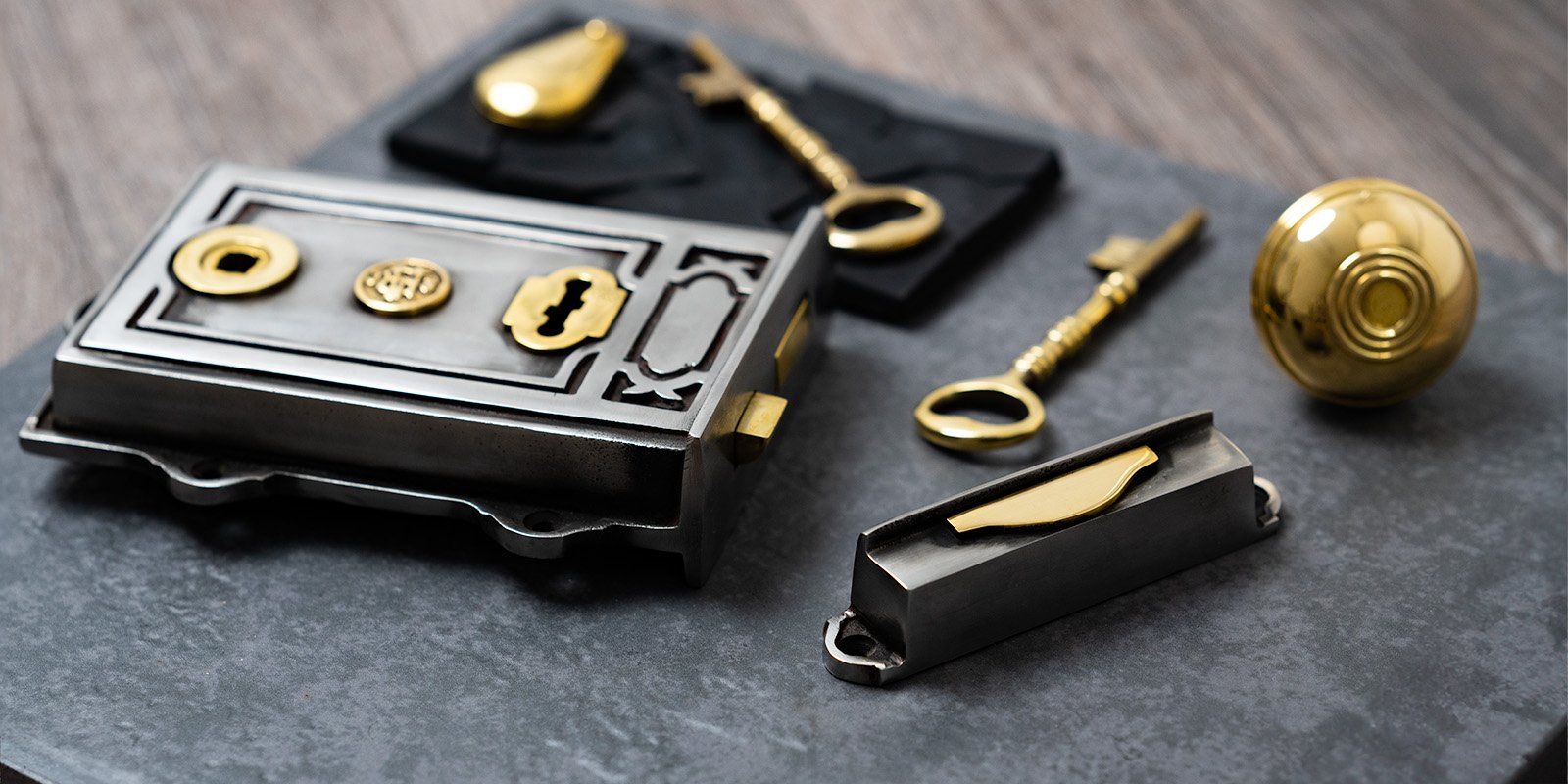
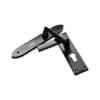
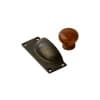
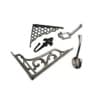
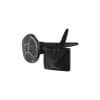

.png?v=1740405432186&options=c_fill,w_2260,h_1280)
.png?v=1740405434481&options=c_fill,w_750,h_700)





176 comments
Tony Le Roy, Johannesburg on Mar 15, 2023
I have a few large wooden African art figures that were decorated with round studs when made. The figures have been dated by scientific means and give 1740 to 1770 with a margin of error of approx 50 years. The studs are circular, identical, approx.6mm to 8mm in diameter and approx.100 are on each of the figures that were made at that time by the Azande tribe on the northernmost Congolese border spilling over into what is now South Sudan. Access to this remote place must have been via the Nile river and this was possibly first done by Turkish ivory hunters who managed to be the first to overcome the Nile overgrowth blockage at the Sudd which lies between what are now the towns of Malakal and Adok. The reference to the Turkish (approx. 1800) is a guess and I have no earlier information of activity in that area so I thought I would try the U.K. to ask at approx what time the manufacture of this type of stud was initiated. I have read that this kind of stud for upholstery was first made and .used in the U.K. during the 17th century. Would it be possible for you to please respond with your best estimate? Regards, Tony Le Roy,
Christopher Robinson on Jun 14, 2019
Hi. I am looking for some 20mm long, hand forged nail with a round pyramid head with a diameter of 30mm. Is this some thing you have available, or would I be able to request a special order?
Christopher Robinson on Jun 14, 2019
Hi. I am looking for some 20mm long, hand forged nail with a round pyramid head with a diameter of 30mm. Is this some thing you have available, or would I be able to request a special order?
William Neale on Nov 20, 2018
I am looking for 5 mm black door studs for cottage doors. Are you able to help or advise where I can get them from.
Tony Le Roy, Johannesburg on Mar 15, 2023
I have a few large wooden African art figures that were decorated with round studs when made. The figures have been dated by scientific means and give 1740 to 1770 with a margin of error of approx 50 years. The studs are circular, identical, approx.6mm to 8mm in diameter and approx.100 are on each of the figures that were made at that time by the Azande tribe on the northernmost Congolese border spilling over into what is now South Sudan. Access to this remote place must have been via the Nile river and this was possibly first done by Turkish ivory hunters who managed to be the first to overcome the Nile overgrowth blockage at the Sudd which lies between what are now the towns of Malakal and Adok. The reference to the Turkish (approx. 1800) is a guess and I have no earlier information of activity in that area so I thought I would try the U.K. to ask at approx what time the manufacture of this type of stud was initiated. I have read that this kind of stud for upholstery was first made and .used in the U.K. during the 17th century. Would it be possible for you to please respond with your best estimate? Regards, Tony Le Roy,
-
1
- …
-
3
-
4
-
5
-
6
-
7
- …
-
36
Next »